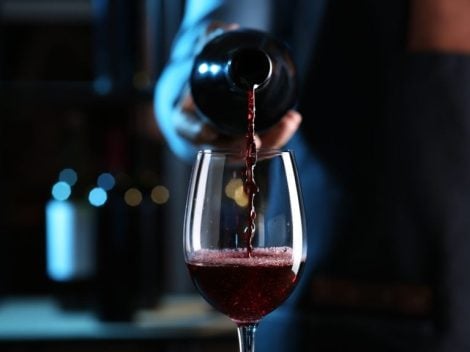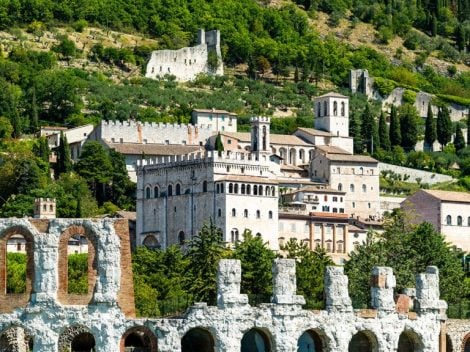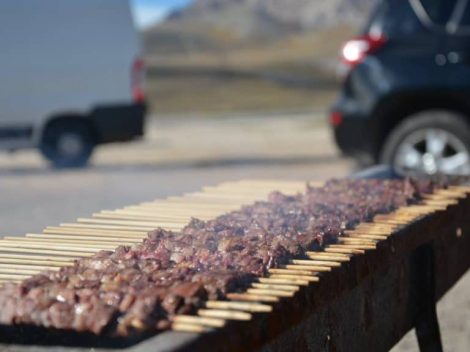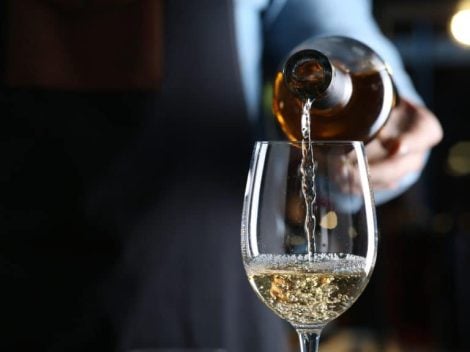Significant changes are on the horizon for the regulations governing Barolo and Barbaresco, pending approval from the producers. The consensus of the majority is required to enact these modifications, which were recently approved by the Board of Directors of the Consortium for the Protection of Barolo Barbaresco Alba Langhe and Dogliani
Outdated Regulations
Among the proposed changes, the most urgent is the restriction on the bottling area for Barolo and Barbaresco, which, by law, must align with the vinification area. The aim is to safeguard the denominations from both technical and commercial perspectives. The existing regulations, formulated in the 1960s, are considered obsolete in certain aspects as they do not impose limitations on bottling.
Considerations are also underway regarding interchangeability and reciprocity between the two zones – Barolo and Barbaresco – for vinification and bottling. "If approved," as stated in the Consortium's release, "the modification would allow for vinifying and bottling Barolo in the Barbaresco production area and vice versa, excluding territories on the left side of the Tanaro River. It is emphasized that the grape production areas remain unchanged for both denominations, as established since 1966."
Addressing climate change challenges
Among other proposals is the removal of the prohibition on planting Nebbiolo vineyards for Barolo or Barbaresco on north-facing hillsides. This proposal directly addresses contemporary challenges related to climate change. The Consortium emphasizes that this change "will not imply any increase in such surface area but will simply provide an additional agronomic option for producers."
Municipal mentions for Barbaresco
Furthermore, under consideration is the addition of municipal mentions for the Barbaresco denomination, similar to what is already in place for Barolo. Lastly, there is a proposal to allow the use of larger formats (exceeding 6 liters). This change would permit producers to use formats with capacities of up to 18 liters for sales, aligning with the existing practice for wines packaged in containers up to 6 liters.
The Consortium specifies that "only the producers will make the final decision on these proposed changes through a signature collection: 66% of the total surface area of the vineyards subject to production declaration and 51% of the bottled production in the last biennium."
by Divina Vitale
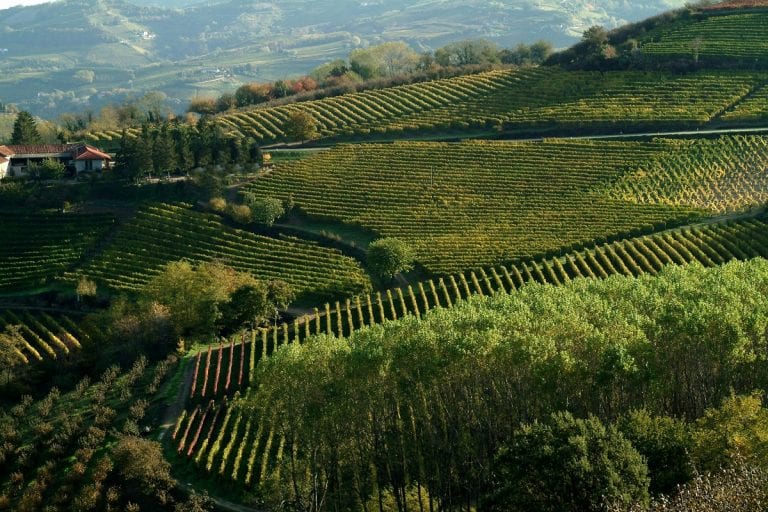
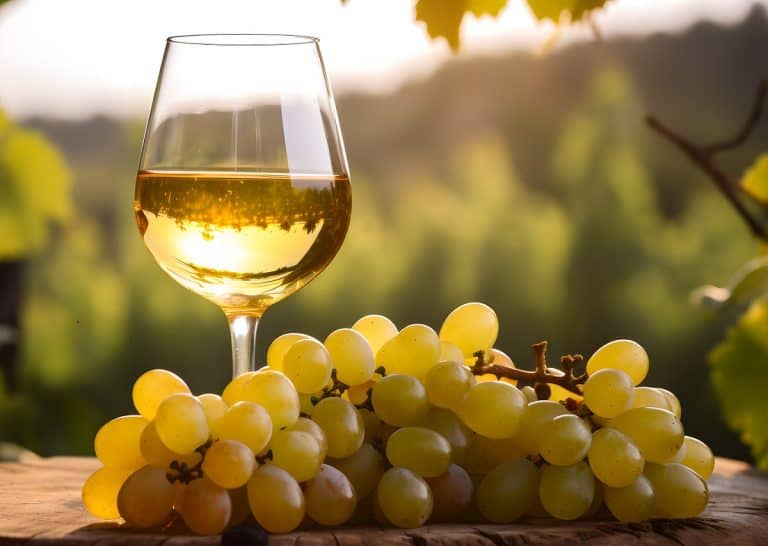 The 8 best Vitovska Wines from Friuli Venezia Giulia selected by Gambero Rosso
The 8 best Vitovska Wines from Friuli Venezia Giulia selected by Gambero Rosso History of the hidden specialty coffee shop in an agricultural market in Rieti
History of the hidden specialty coffee shop in an agricultural market in Rieti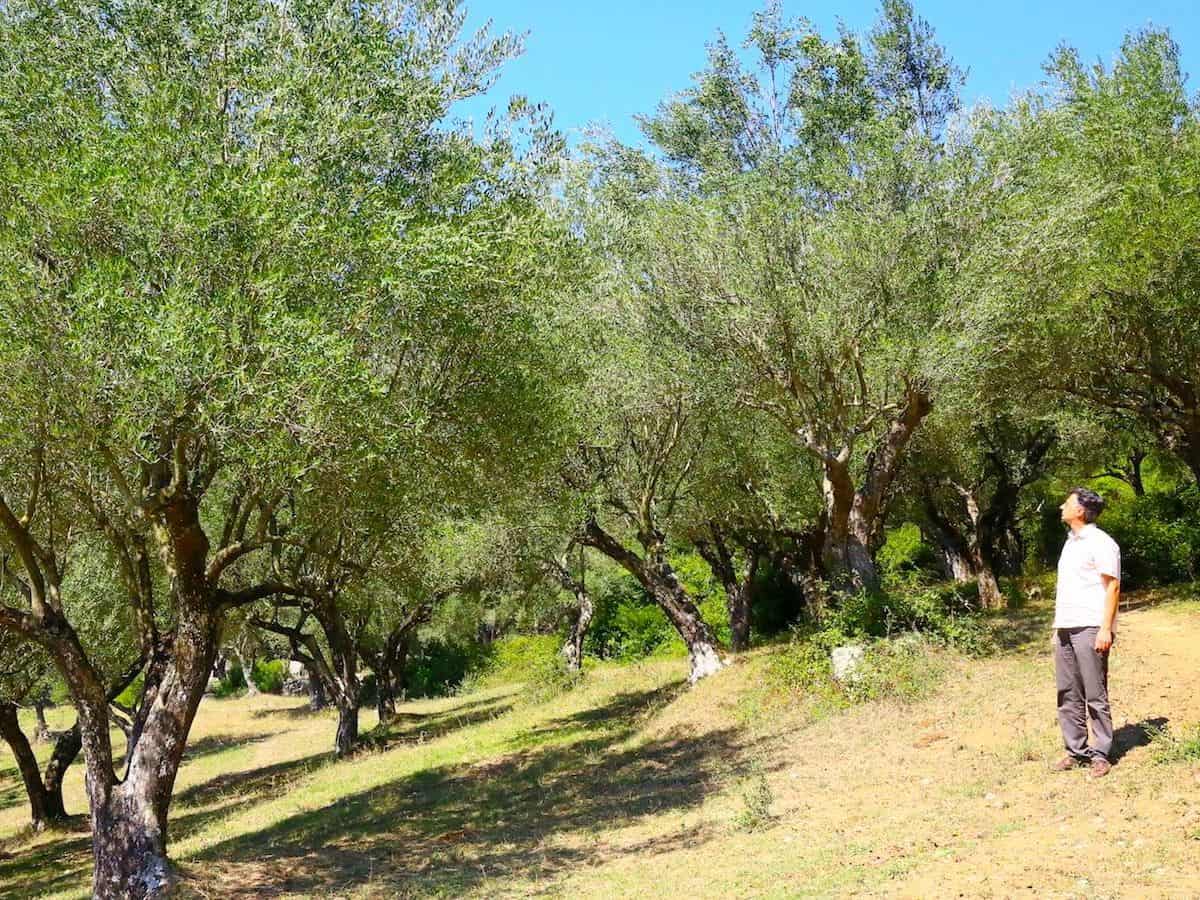 "For me, making olive oil is an act of pure selfishness." The story of the small olive press that has made Cilento great
"For me, making olive oil is an act of pure selfishness." The story of the small olive press that has made Cilento great The best gelaterias in Venice chosen by Gambero Rosso
The best gelaterias in Venice chosen by Gambero Rosso The small Japanese restaurant on the outskirts of Rome, perennially sold out
The small Japanese restaurant on the outskirts of Rome, perennially sold out
